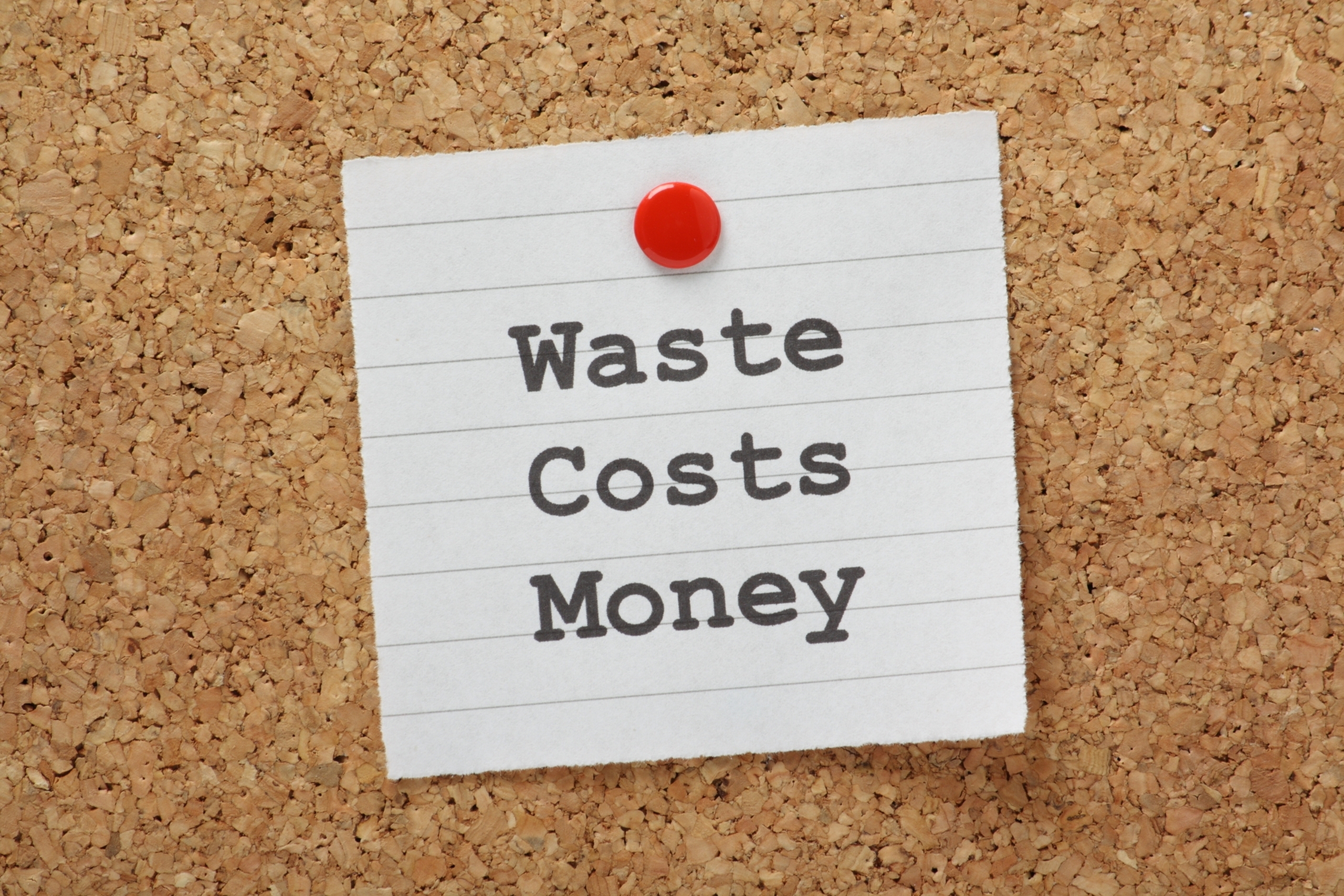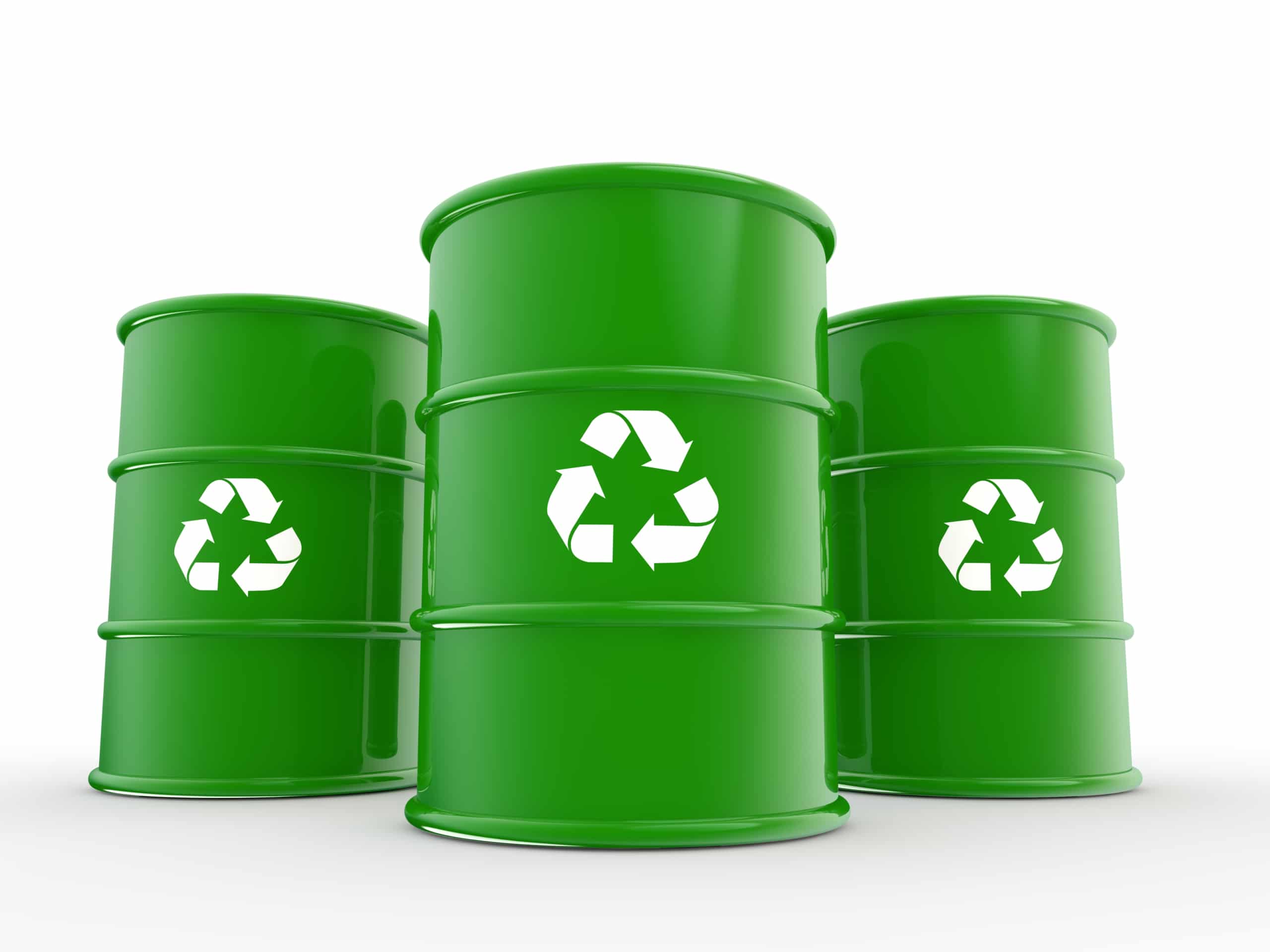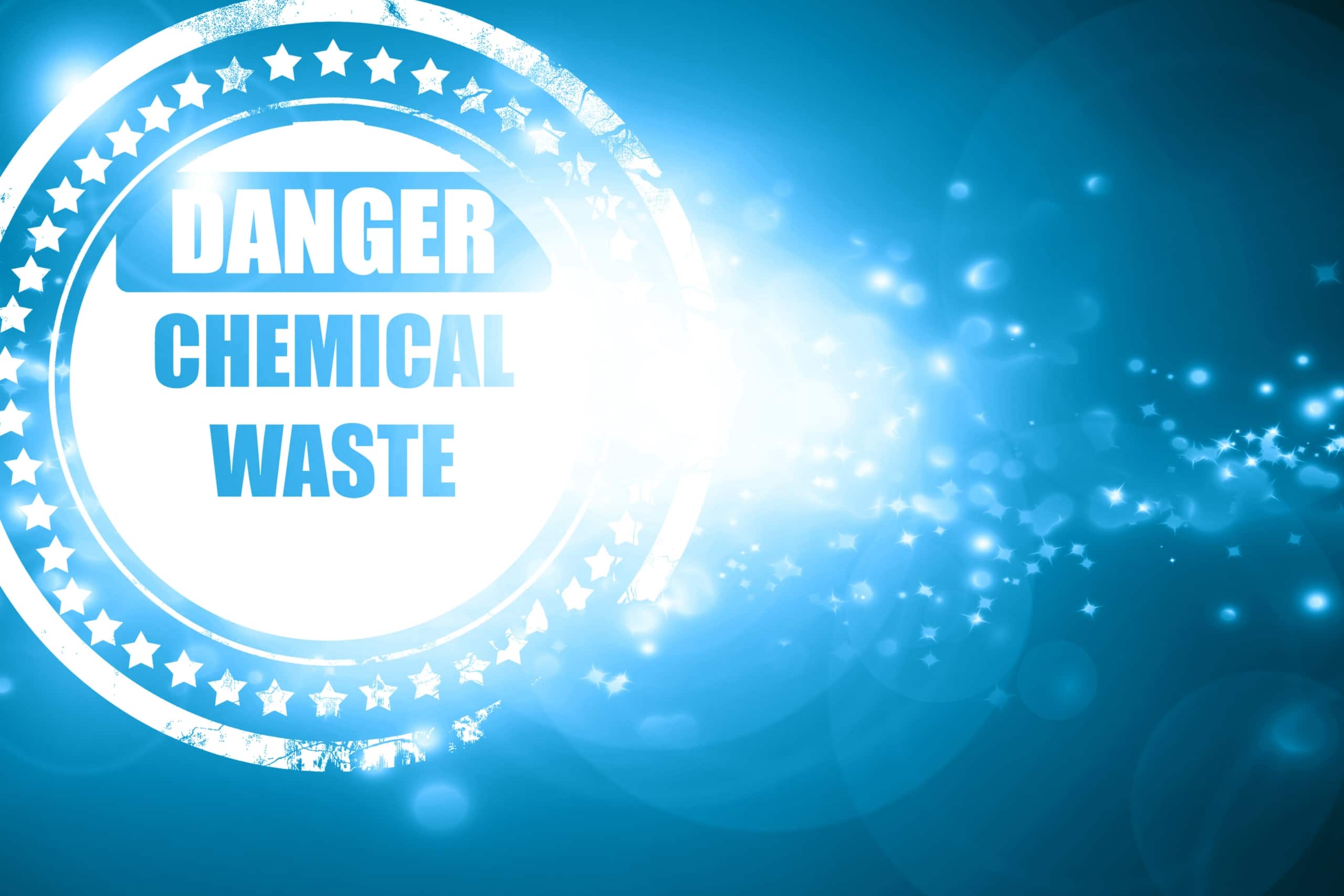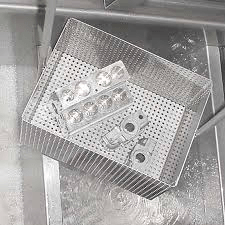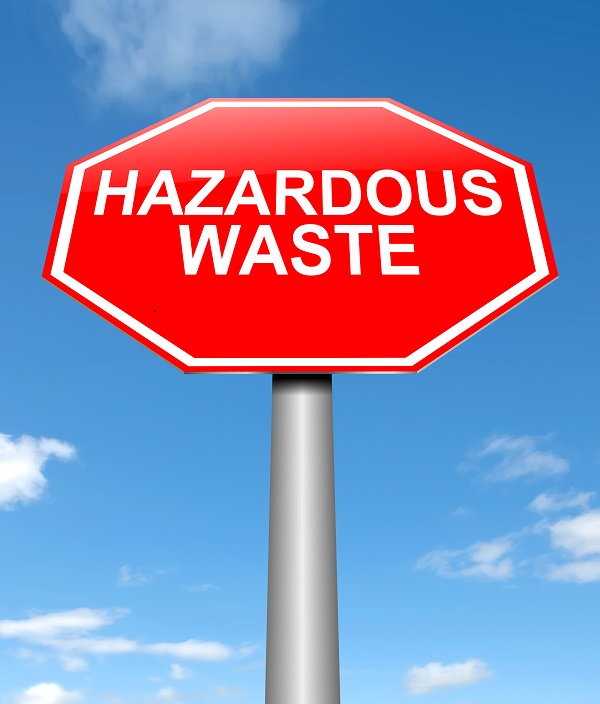We have spent a significant amount of time offering up valuable information that provide reasons that clarify the importance of industrial businesses finding ways to reduce chemical waste. In order to help improve what is still proving to be a slow and ongoing...
